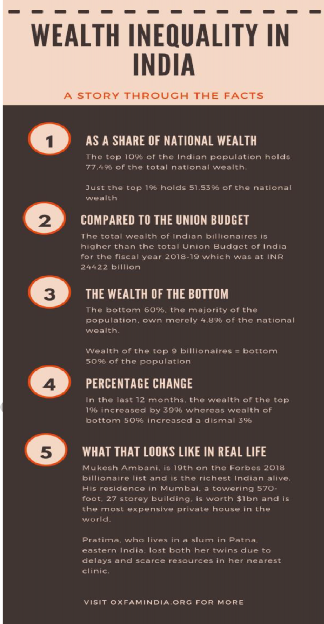Shortcomings of Gini Coefficients
Though useful for analyzing economic inequality, the Gini coefficient has some shortcomings. Its main limitation is that it is not easily decomposable or additive. Also, it does not respond in the same way to income transfers between people in opposite tails of the income distribution as it does to transfers in the middle of the distribution. Furthermore, very different income distributions can present the same Gini coefficient. It also does not show demographic variations among subgroups within the distribution, such as the distribution of incomes across age, race, or social groups. In that vein, understanding demographics can be important for understanding what a given Gini coefficient represents. For example, a large retired population pushes the Gini higher.

Also, the metric's accuracy is dependent on reliable GDP and income data. Shadow economies and informal economic activity are present in every country. Informal economic activity tends to represent a larger portion of true economic production in developing countries and at the lower end of the income distribution within countries. In both cases this means that the Gini index of measured incomes will overstate true income inequality. Accurate wealth data is even more difficult to come by due to the popularity of tax havens.
